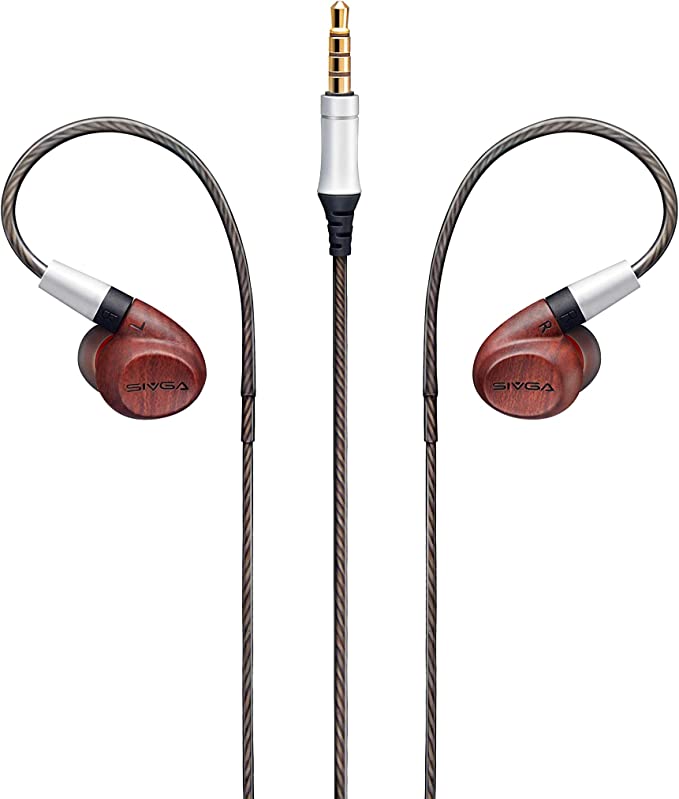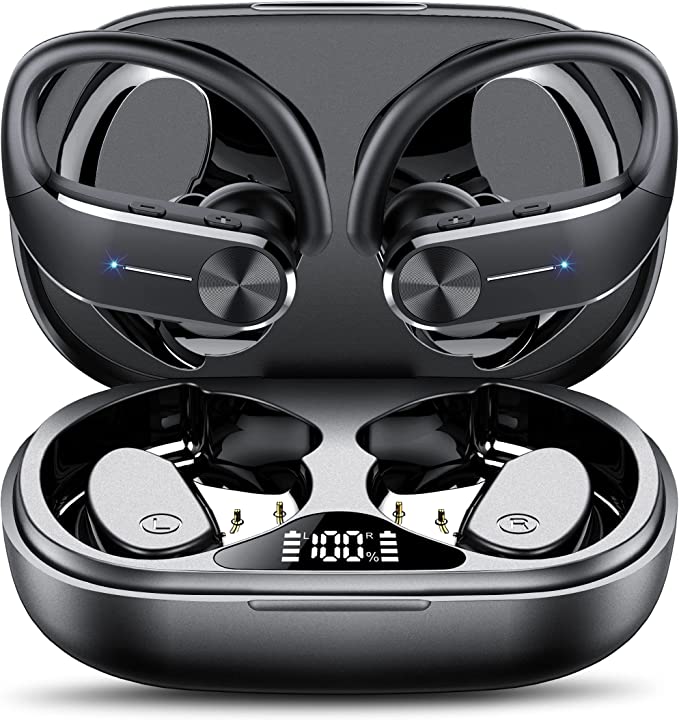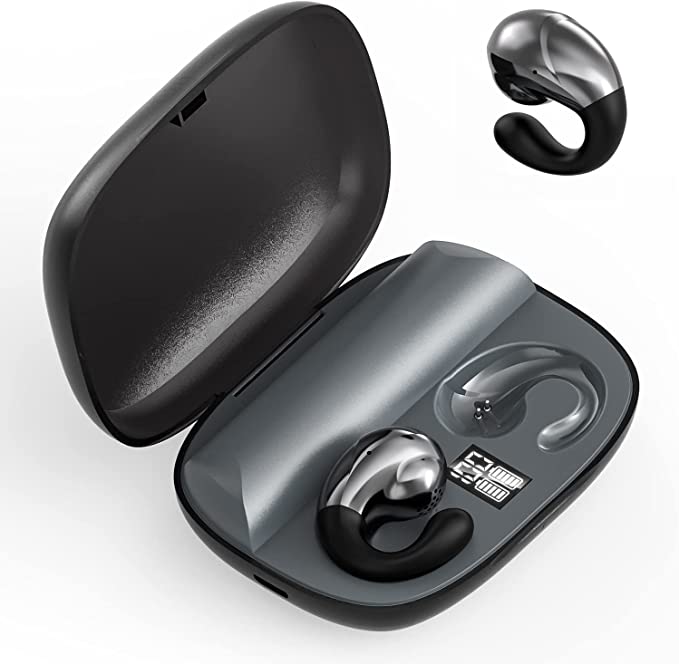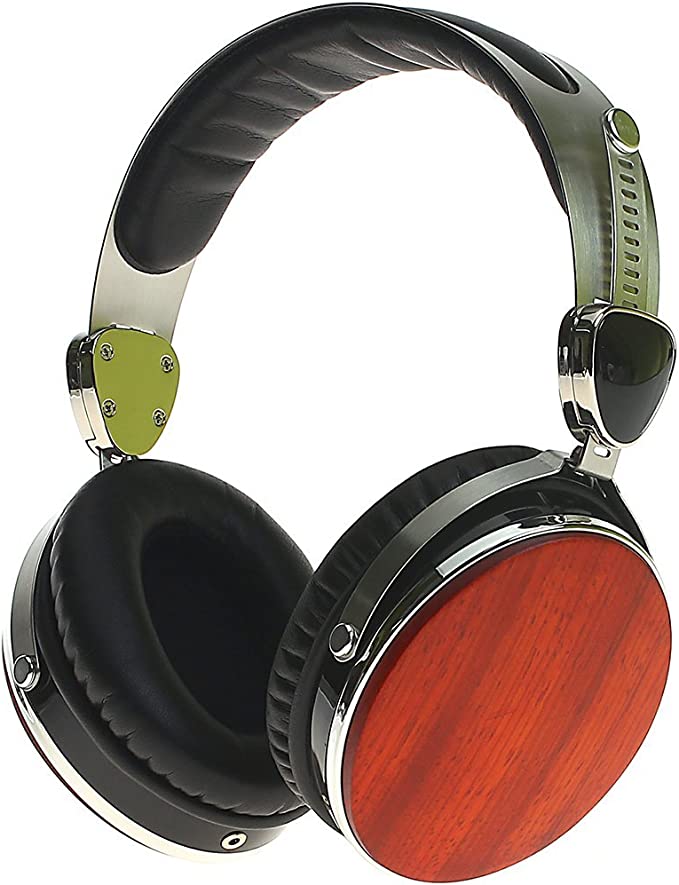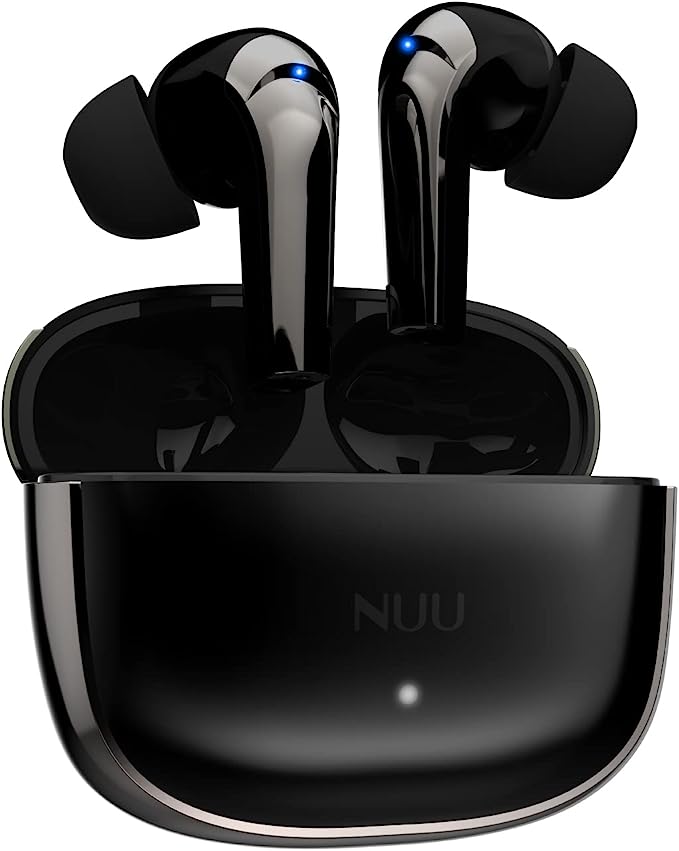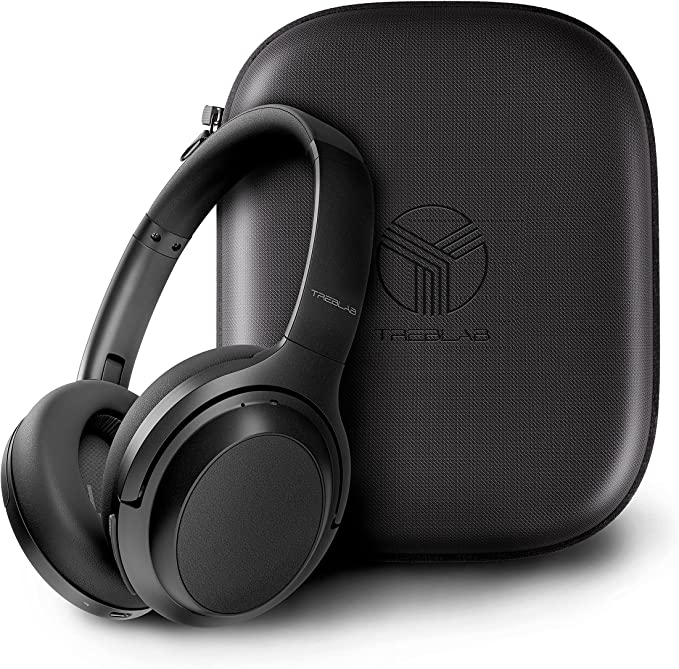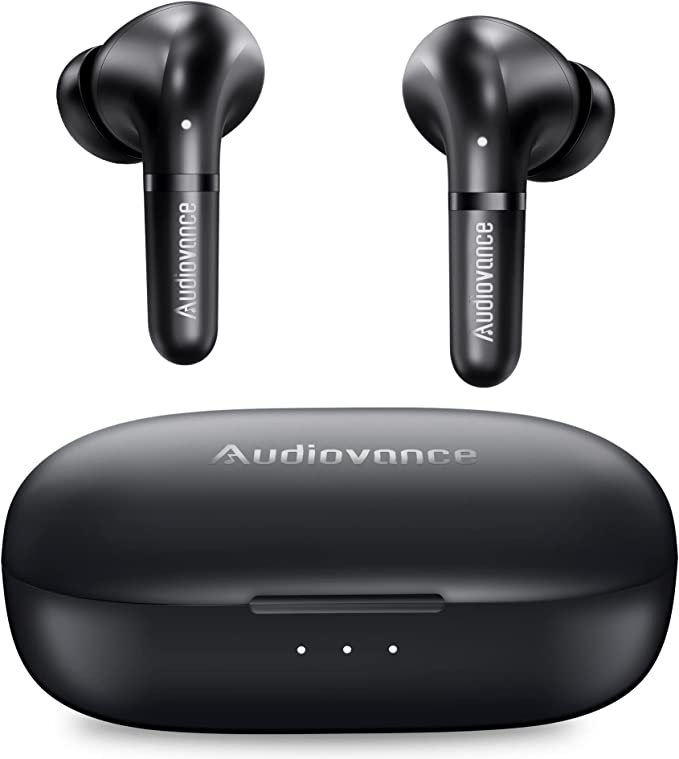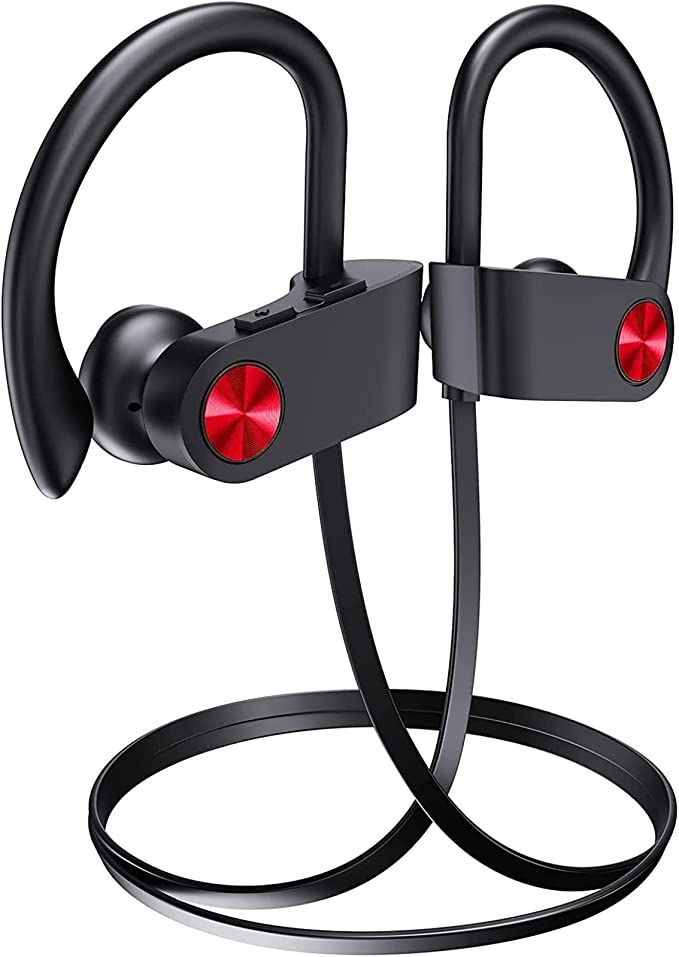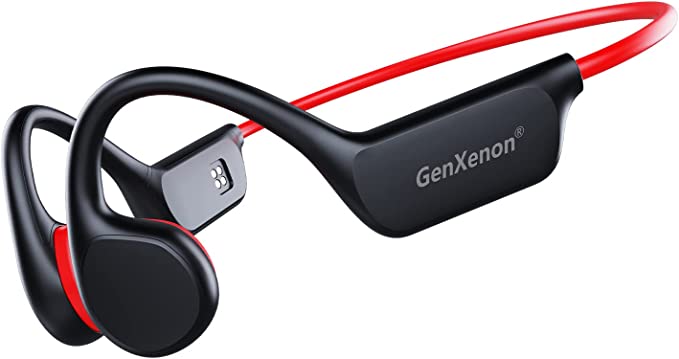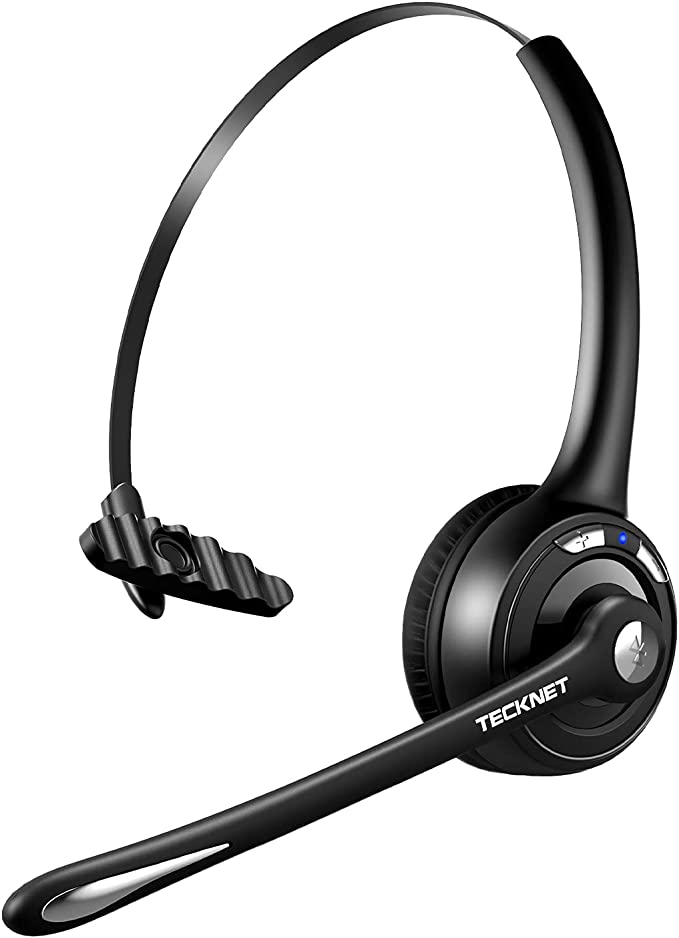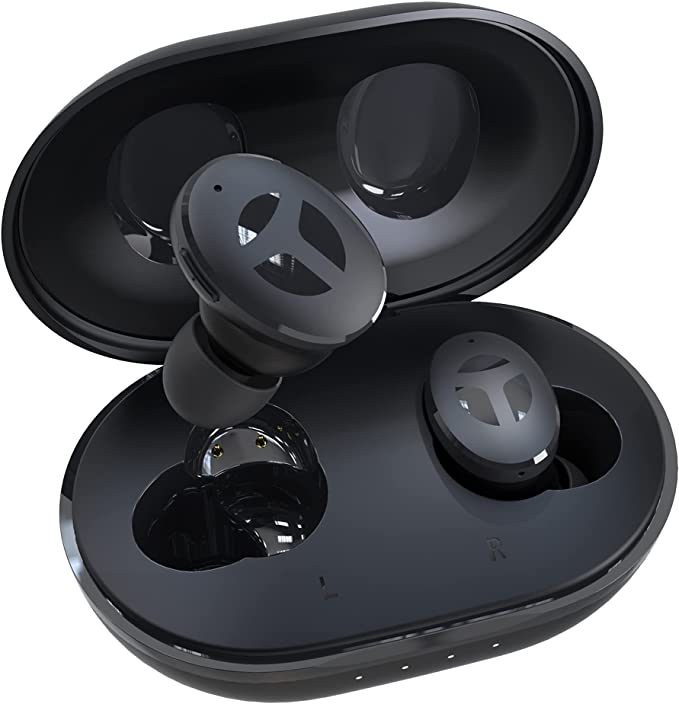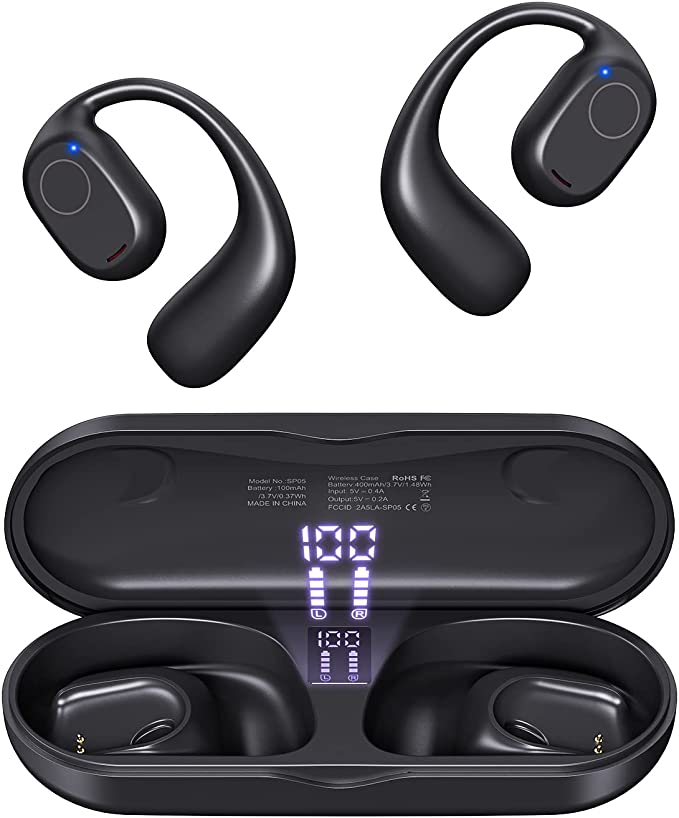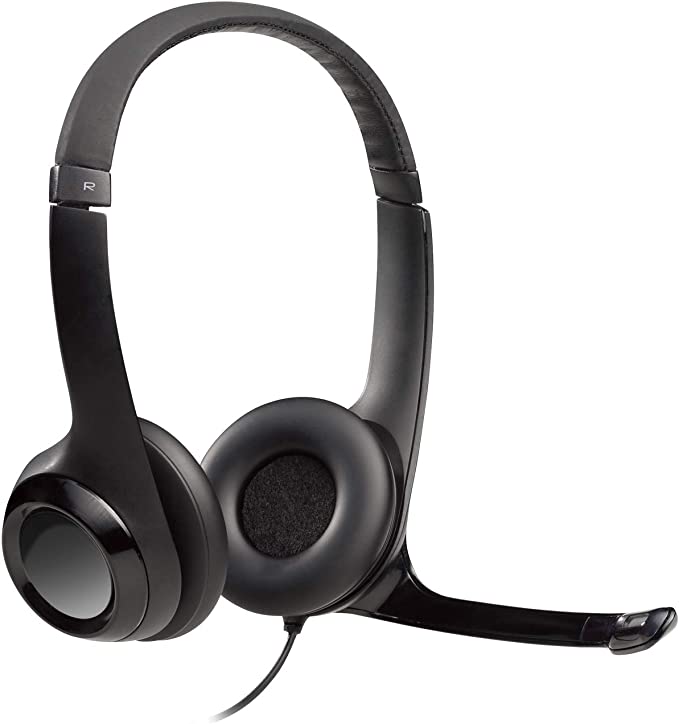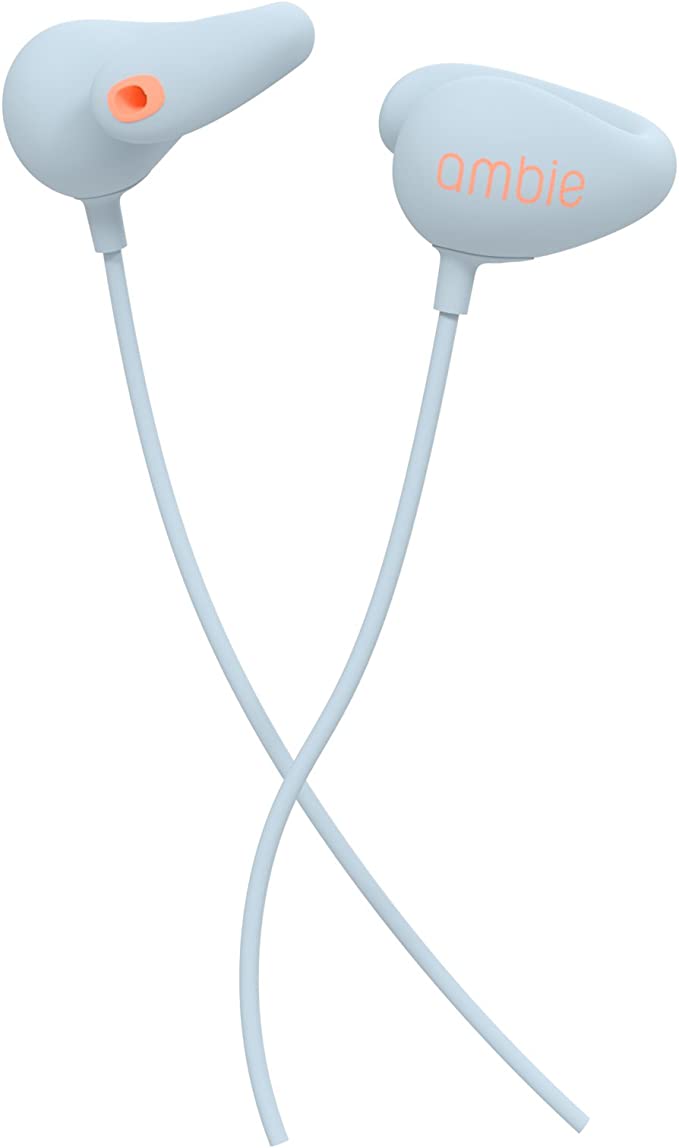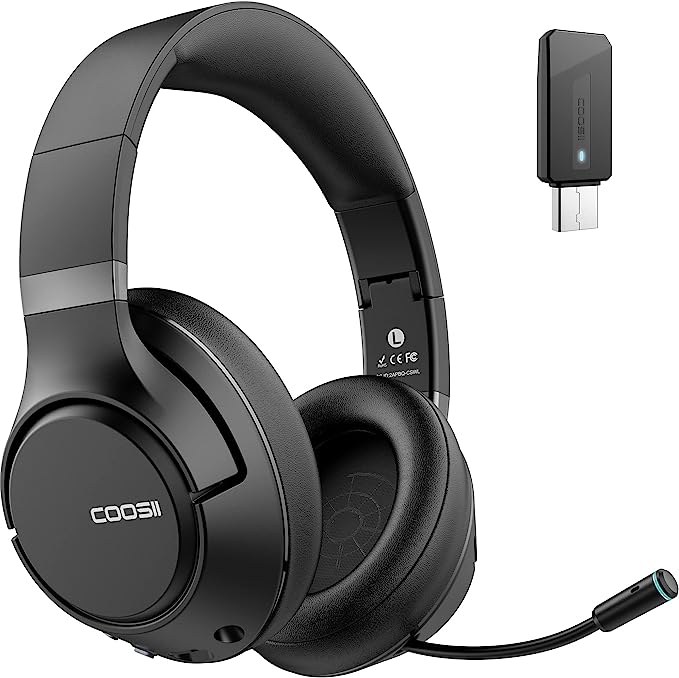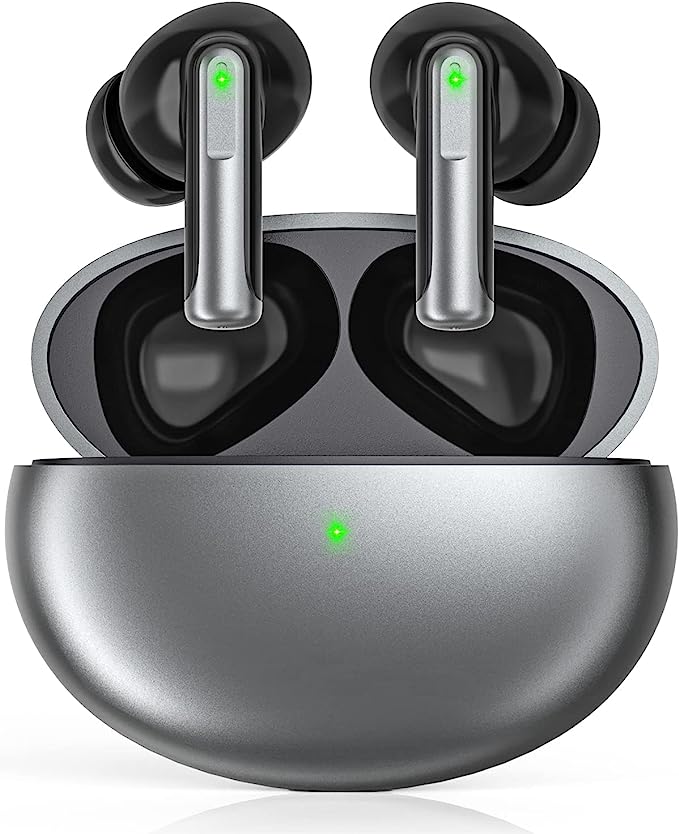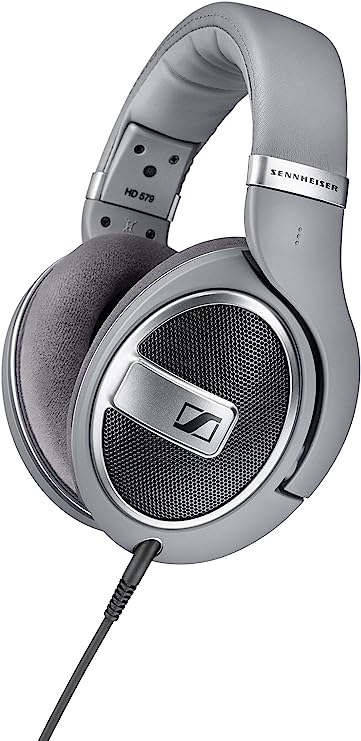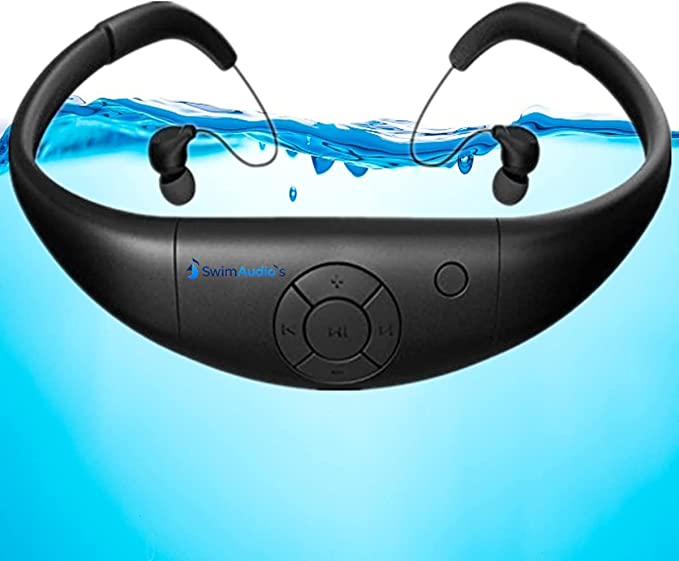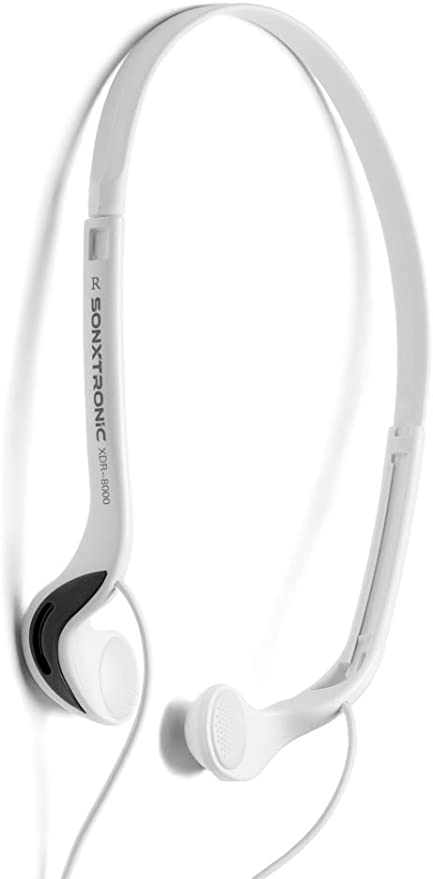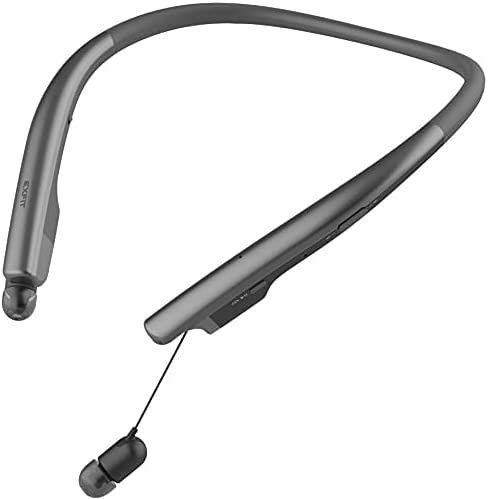H HIFIHEAR KZ ZAR In-Ear Monitors: Unveiling the Science of Immersive Audio
Update on July 24, 2025, 6:40 p.m.
There’s a battle being waged in the world of personal audio, fought not with armies, but with armatures. Browse any online marketplace for in-ear monitors (IEMs), particularly in the burgeoning and fiercely competitive “Chi-Fi” sector, and you’ll be bombarded by a relentless arms race of specifications. Four drivers, eight drivers, sixteen drivers per side—the numbers climb with dizzying speed. It’s a siren song for the tech-savvy consumer, whispering a simple, seductive promise: more is better.
But is it? When a product like the H HIFIHEAR KZ ZAR appears, packing a staggering eight drivers per earbud for less than the price of a fancy dinner, it demands scrutiny. Is this a triumph of accessible audio engineering, or is it merely marketing bravado? To find the truth, we must move beyond the count and venture into the engine room, using the KZ ZAR as our case study to dissect the complex science, clever engineering, and crucial compromises behind the great driver wars.

The Engine Room: Anatomy of a Hybrid Powerplant
At the heart of the KZ ZAR lies a “hybrid” engine, a sophisticated configuration that assigns different sonic jobs to different types of specialists. This isn’t about redundancy; it’s about a strategic division of labor based on fundamental physics.
The heavy lifter in this operation is a single, 10mm dynamic driver. Think of it as a traditional loudspeaker in miniature, using a magnet and voice coil to move a cone-like diaphragm back and forth. This design is masterful at moving air, a physical necessity for creating the powerful, resonant low-frequency waves we perceive as bass. It’s the source of the visceral punch in an EDM track and the foundational warmth of a cello. This is precisely why its performance is praised for its “Perfection on EDM bass” by users; it’s doing the job it was born to do.
Handling the rest of the spectrum is a precision team of seven balanced armature (BA) drivers. Originally developed for hearing aids where clarity and efficiency are paramount, BAs operate on a different principle. They use a tiny, vibrating reed balanced between magnets, allowing for incredibly fast and detailed movements. They don’t move much air, but their agility makes them ideal for reproducing the complex and delicate frequencies of the midrange and treble. The KZ ZAR’s product page even highlights a specific 30019S armature dedicated to the “ultra-treble,” tasked with rendering the subtle shimmer of cymbals or the airy breath of a vocalist.
However, simply throwing a woofer and a team of tweeters into a box guarantees nothing but sonic chaos. The unseen art that ties this all together is the acoustic crossover. This internal electronic network acts as a symphony conductor, intelligently splitting the incoming audio signal. It directs the low frequencies to the powerful dynamic driver and routes the mids and highs to the nimble balanced armatures. The quality of this crossover—its ability to manage frequencies seamlessly and ensure all drivers are working in phase—is what separates a coherent musical presentation from a disjointed mess. It is arguably the most critical and challenging piece of engineering in any multi-driver system.

Building a Private Universe: The Science of Isolation and Fit
A perfectly engineered set of drivers is useless if its sound is immediately corrupted by the outside world. The listening experience is as much about what you don’t hear. The manufacturer claims the KZ ZAR can block up to 37 dB of noise, a figure that encroaches on the territory of active noise-cancelling headphones. This is achieved through the elegant physics of passive noise isolation.
The first line of defense is the ergonomic shell, which the company states is “made based on large data of cochlea.” While likely a slight misnomer for the concha (the outer bowl of the ear), the intent is clear: to create a shape that fills the ear’s natural contours. This, combined with the included memory foam eartips that expand to form a custom seal, creates a formidable physical barrier. This barrier doesn’t just block external noise; it creates a closed acoustic system essential for performance. Without a proper seal, the low-frequency pressure generated by the dynamic driver would escape, resulting in thin, anemic bass. In this sense, a good fit isn’t just about comfort; it’s a non-negotiable prerequisite for the hardware to perform as designed.

The Final Yard: Wires, Signals, and Real-World Compromises
The signal’s journey ends with the cable, another area where specifications vie for attention. The KZ ZAR includes a detachable, silver-plated cable. From a material science perspective, this is noteworthy. Silver possesses a lower electrical resistivity than copper, making it a theoretically superior conductor. This could, in principle, allow for a cleaner signal with less degradation. While the audible difference is a subject of endless debate among audiophiles, the true value here may lie in a more practical feature: the detachable 2-Pin connector. This industry-standard interface means a broken cable doesn’t spell the end for the earphones. It offers durability through repairability and opens a gateway for enthusiasts to experiment with aftermarket cables to subtly tweak the sound.
Yet, this is where the pristine world of theory collides with the messy reality of mass production. For every user praising the sound, there is a counterpoint. One customer, Chase Gulliver, reported his unit failed after about six months. Another noted the connector piece could slip out under tension. These aren’t indictments of the KZ ZAR alone but are symptomatic of the classic trade-off in the budget Hi-Fi space. Achieving such a high-level of technical specification at this price point necessitates compromises, and these often manifest in long-term durability and quality control.
Conclusion: A Verdict on the Driver Wars
So, are more drivers better? The H HIFIHEAR KZ ZAR suggests a more nuanced answer: no, but well-implemented multiple drivers are demonstrably different and can achieve specific sonic goals with impressive results. The ZAR is a microcosm of the entire Chi-Fi phenomenon—ambitious, technically advanced, and delivering performance that punches far above its price tag, albeit with potential asterisks on longevity.
It proves that a complex hybrid system can be orchestrated on a budget to create a powerful, detailed, and intentionally sculpted sound—in this case, a U-shaped signature that delights in modern, bass-heavy genres. The race to add more drivers isn’t just empty marketing; it’s a genuine, if aggressive, push to bring sophisticated acoustic designs to the masses.
Ultimately, the lesson from the driver wars is one of educated consumerism. Understanding the science behind the specifications empowers you to see past the numbers. It allows you to appreciate the engineering prowess involved while also recognizing the likely trade-offs. The goal isn’t to own the earphone with the highest driver count, but to find the one whose specific combination of technology, tuning, and design creates a sound that connects with you—a reminder that the most important driver of all will always be the listener.


